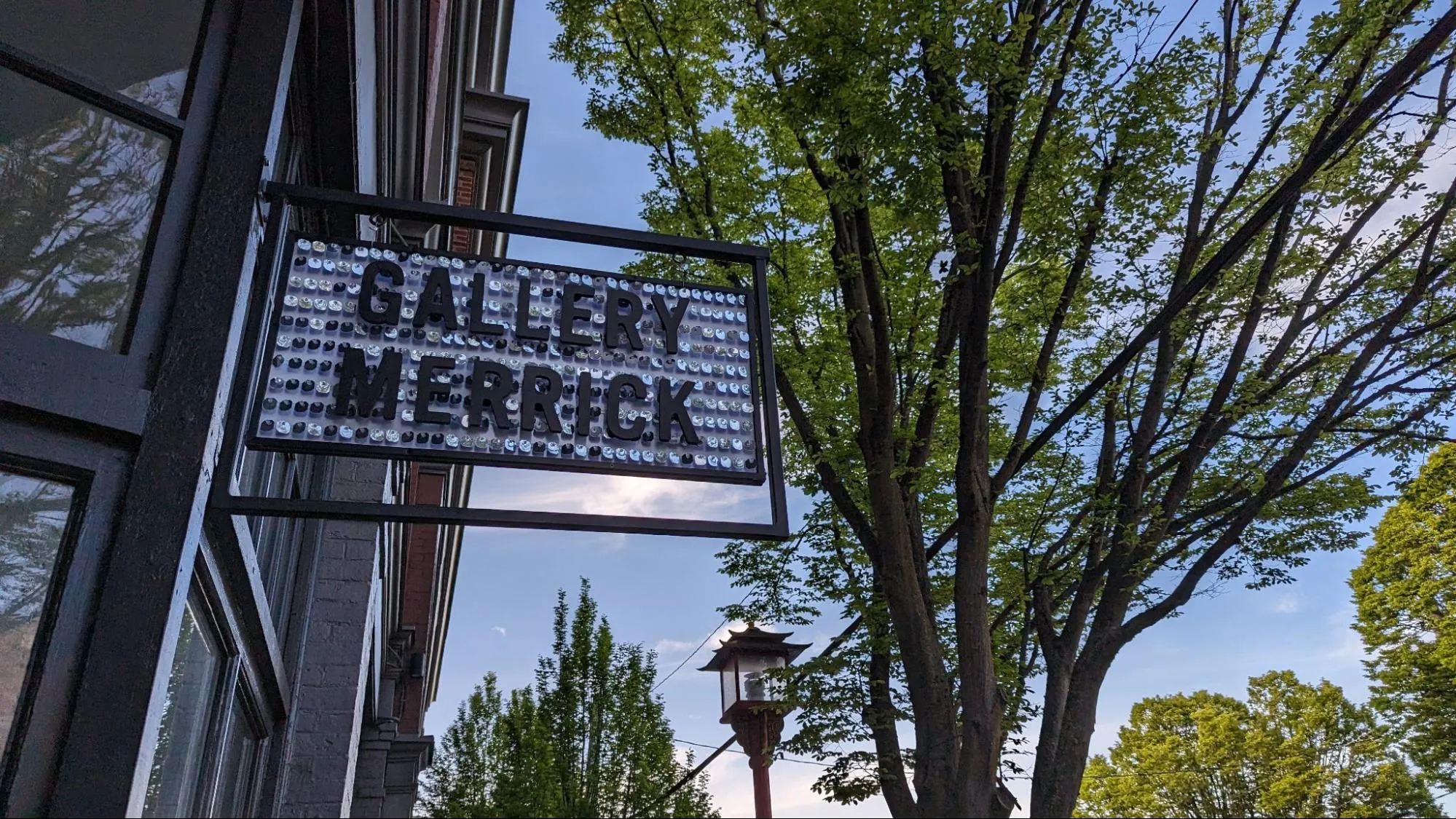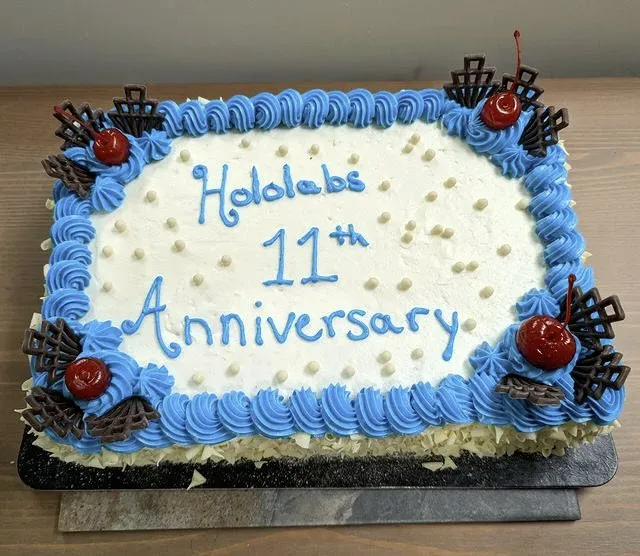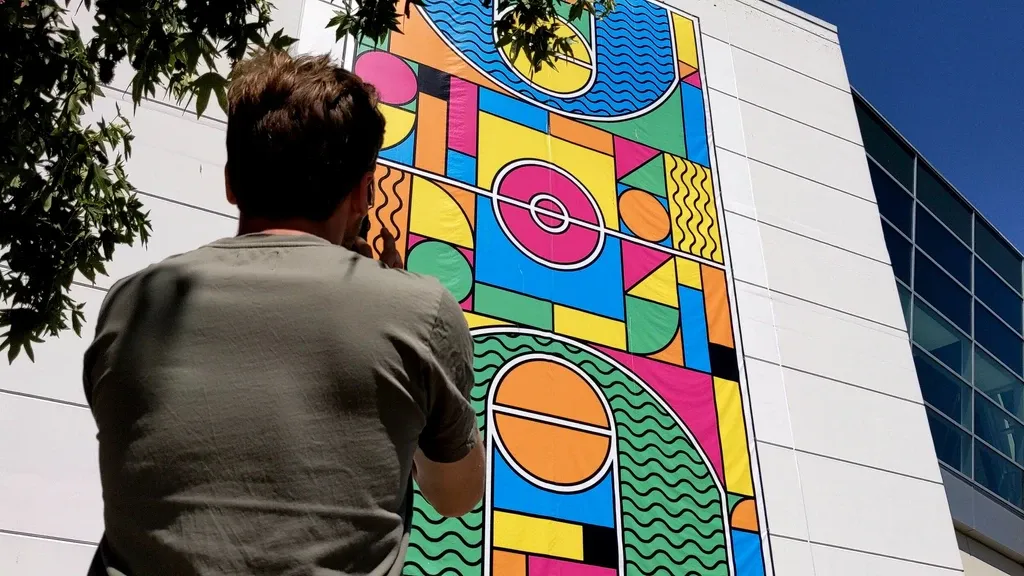
Reflections on the City of Victoria Mural Mixer
Hololabs VP of Software Development shares Hololabs' explorations in developing augmented reality murals at the City of Victoria’s Mural Mixer event, part of the inaugural Design Victoria festival.I was honored to be invited to share our explorations in developing augmented reality murals at the City of Victoria’s Mural Mixer event, part of the inaugural Design Victoria festival. At Hololabs we get to work on so many amazing projects at the cutting edge of technology, most of which we are under non-disclosure agreements (NDA’s) and can’t talk about. So I am always thrilled to be able to share our knowledge whenever possible and share our talents with our community.
At the Mural Mixer I was asked to give a short presentation, lead a workshop on AR murals, and participate in a panel discussion. A tall order for an introvert like myself. I was helped by fellow presenter and MC for the evening, Natalia Lebedinskaia, who is the Creative Director at the Vancouver Mural Festival. Natalia led the keynote presentation and talked about the political economy of public art. Reflecting on her keynote, and learning about the various ways in which public art is funded, I realized that funding is directly proportional to how much technology can be present in art. Technology and AR can be prohibitive by how expensive it can be to hire studios, developers and technical artists to make it. At the end of the day, the goal is to pay artists enough so that they can continue to create art. Diverting any amount of funding away from the artist would be detrimental. As a studio with expertise in developing and working with AR technologies it’s easy to forget that this technology is new to many people. When we were asked to create AR murals for both We the West Festival and the township of Chemainus, we didn’t do them for profit on the basis of learning the technologies involved and experimenting with the limitations of the current AR platforms available. What we learned is that the tools out there can actually be picked up by anyone! The positive take-away I wanted to impart in my talk was that the barriers to AR technology can be overcome with a little bit of education. Funding for developing AR murals and experimenting with new technologies as it relates to art should be provided to artists. The opportunities to learn new technologies should be fostered and I am proud that Hololabs can help in this education.
Accessibility plays a big part in deciding what AR platform to choose. In my workshop I put up posters and QR codes linked to the AR effect to try out. My assignment to the participants was to answer and reflect on the following questions. How did the AR effect connect you to the mural? What constraints do you think were present when creating the effect? Can you think of other ways to augment the mural artwork? What would you try? This was all interesting to people in my group but the major stumbling block most people faced was simply, how do I view the AR mural? We spent a lot of time debugging specific device issues (lack of wifi, camera app not opening, defining what is a QR code). The two murals I chose to share, the We the West Basketball Court mural and Chemainus train, were built using a tool called Spark AR. This tool is used to create AR effects for Instagram and Facebook. When I asked everyone to use their smartphone camera to scan the QR codes, already there was a disconnect between scanning the QR code and opening the effect. The extra step of opening the Instagram app is an unfortunate one because right away there ends up being a drop off in users due to either the app failing to load or just long loading times. The main take-away we identified in the workshop was that proper instruction and signage is paramount in telling the public that, first, an AR effect exists on the mural and second, what to expect when you open it. Once we worked out the technical problems and could experiment with viewing the AR content everyone was blown away. Many of my participants had not viewed AR before and sparked a wealth of ideas and questions.

The main question people asked me was how do I build an AR component into my mural. I provided them with a brief rundown of how to go about it at the mixer and a handout defining key terms and take-aways, which you can find here. The first thing people need to do is think about why they want to use AR on their mural in the first place. Is it to create a deeper connection, guide understanding or to simply play? Next is to find a collaborator. If you are unfamiliar with technical art, collaborate with another artist. One aspect that we didn’t talk about at the AR workshop, but something on everyone’s mind there, is how to fund a project. If you propose a project with an AR component and you seek funding together, both of your credentials and experience end up making a stronger proposal, something that the directors of VMF stated during our panel discussion. This also provides an opportunity for learning across disciplines which is an amazing prospect. When Hololabs collaborated with Samantha Paul to create the AR effect for the We the West Festival, we iterated over the design together, learning the constraints from art and technical perspectives, and in the end contributed to the final mural together. You can read more about our experience with that mural here.
Public art is an important part of any community and augmented reality offers a deeper connection to it. Artists have the opportunity to reach a new audience and tell enhanced stories through their artwork by offering interaction and play. With AR, artists can hand the paintbrush over to the viewer and offer them a chance to be a part of the story. It was a unique and rewarding experience to be able to share my experience creating AR mural art at the Mural Mixer and I hope to help facilitate other technical art experiences in Victoria in the future.




